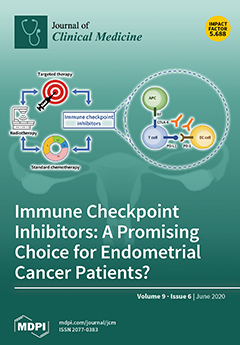The aim of this study is to analyze and compare the efficacy of three non-surgical endodontic retreatment techniques in removing a carrier-based root canal filling material from straight root canal systems. The study was performed on 99 single-rooted extracted teeth using the ProTaper Gold endodontic rotary system up to the F2 file (Dentsply Maillefer, Baillagues, Switzerland), which were sealed with GuttaCore (Dentsply Maillefer, Ballaigues, Switzerland) and AH plus epoxy resin sealer (Dentsply DeTrey, Konstanz, Germany) and randomly assigned to the following non-surgical retreatment techniques: ProTaper Retreatment endodontic rotary instruments (D1–D3 files, Dentsply Maillefer, Ballaigues, Switzerland;
n = 33, PTR), Reciproc Blue endodontic reciprocating instrument (R50, VDW, Munich, Germany;
n = 33, RCB50), and a combined root canal retreatment technique between Gates-Glidden drills (sizes #3 and #2, Dentsply Maillefer, Ballaigues, Switzerland) and Hedstrom files (file size 35, 30, and 25, Dentsply Maillefer, Ballaigues, Switzerland;
n = 33; H-GG). All of the teeth were submitted twice to a micro-computed tomography (micro-CT) scan, before and after non-surgical endodontic retreatment procedures. The volume of root canal filling material (mm
3), volume of remaining root canal filling material (mm
3), non-surgical endodontic retreatment working time (min), proportion of remaining root canal filling material (%), and efficacy of root canal filling material removal between the non-surgical endodontic retreatment techniques were analyzed using ANOVA one-way statistical analysis. Statistically significant differences were observed between the proportions of remaining root canal filling material of PTR and H-GG (
p = 0.018), between the non-surgical endodontic retreatment working times (min;
p < 0.001), and between the efficacies of root canal filling material removal by the non-surgical endodontic retreatment techniques (
p = 0.009). However, the non-surgical endodontic retreatment systems allow for similar carrier-based root canal filling material removal.
Full article






